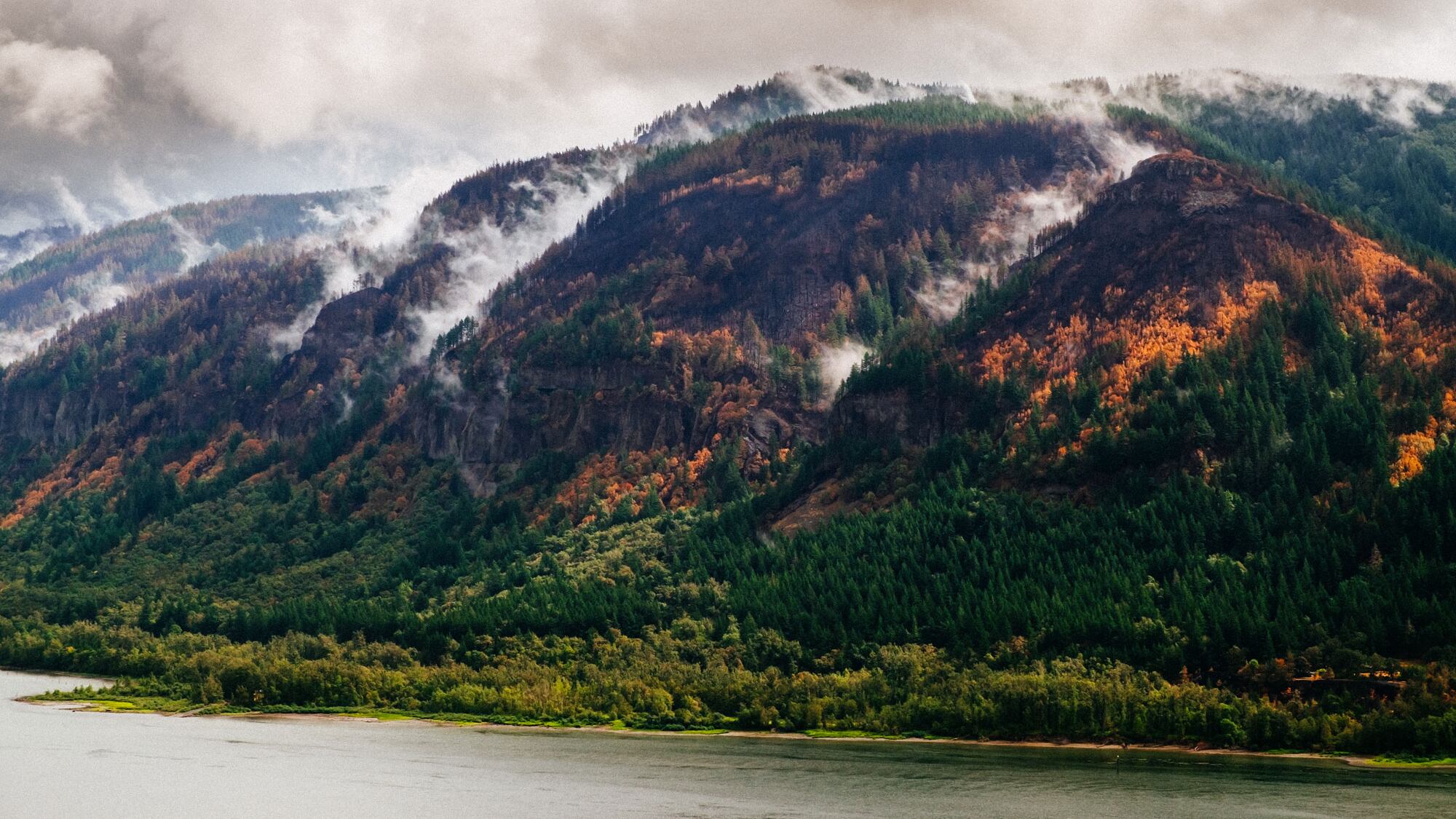Before being forced to stop working of Friday because of the short-lived government shutdown, the Columbia River Gorge Forest Service released an assessment of the Eagle Creek Fire burn damage.
The September fire left a lasting 35,000-acre scar on the Gorge landscape. Unfortunately, much of that charred area includes once-loved hiking trails.

"Crews found a range of conditions from low burn severity to treacherous sections where washouts, landslides, and heavily burned conditions make trails hard to follow," the U.S. Forest Service's Friday statement reads.
The trails that are located in the core burn area—between Herman Creek and Multnomah Falls—have fared the worst.
The Larch Mountain Trail, a popular hike that starts at Multnomah Falls and takes walkers past a falls viewing platform, sustained the most damage. It's now almost entirely covered with rock fall and debris. The Nick Eaton Trail was also hit hard, and is now nearly 75 percent damaged. Large parts of the Horsetail-Oneota Loop Hike have been made "treacherous," as well, after being pummeled with large landslides and washouts.
Trails east of Cascade Locks could be first to open this spring or summer, but according the USFS, "New landslides and washouts could cause setbacks by creating further damage."
Crews are also prioritizing the repair of popular trails west of Multnomah Falls—though because of their severe damage it's unclear when they'll actually be re-opened.

Because of the massive amount of restoration work the USFS is faced with, it's had to enlist the help of outside volunteers and work in less than ideal winter conditions.
"Normally, our trail crews don't work during winter because conditions are constantly creating new damage," a USFS spokesperson, Rachel Pawlitz said, "but by enlisting the help of volunteers, we're hoping to accelerate the reopening process."
The good news is today's Senate vote signals a near-end to the government shutdown, and subsequent unlocking of federal funding to agencies like the USFS. However, Forest Service crews will likely still struggle to amend damaged trails in time for summer outings.
For now, hikers contemplating braving the shuttered routes are warned of a laundry list of potential hazards, including: "smoldering stump holes, standing dead trees weakened by fire, boulders loosened by vegetation, and rock fall and debris flow across trails that make them nearly impassable in places."
